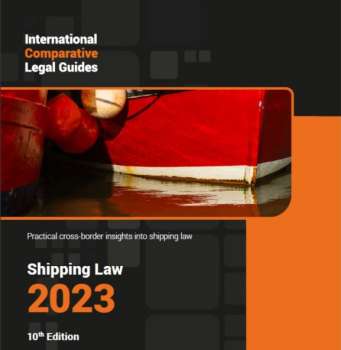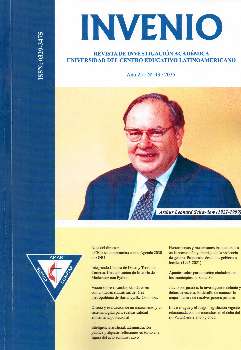
Donación de Francisco Venetucci
The maritime industry contributes around 3% of total global greenhouse gas emissions. Whilst it is by far the least polluting method of cargo transport, the industry has nevertheless recog-nised that it too must decarbonise in order for the Paris Goals to be met. Regulations governing decarbonisation have been passed by both the IMO and the EU and, at the time of writing, these are in a state of flux with amendments and new regulations expected imminently. Without delving too far into the thicket of regulations, broadly the current and proposed rules fall into the following four categories: 1. Technical measures, such as the IMO's Energy Efficiency eXisting ship Index ("EEXI") requirements. 2. Operational measures, such as the IMO's CII regulation. 3. Market-based measures, such as the EU's inclusion of shipping in the Emissions Trading Scheme ("EU ETS"). 4. Measurement and reporting requirements. The purpose of these measures is to induce change -to push the industry to design and build more efficient ships and engines, to operate ships as efficiently as possible, and to incentivise this change through economic means, helping to close the price gap between fossil fuel and alternative fuels by making it ever more expensive to own and operate ships which are inefficient and carbon-intensive.



![Fundamentos de SQL para el análisis de datos con Power BI: una guía paso a paso para crear proyectos con SQL y Power BI / Layla Scheli [y] Didier Atehortúa Morales.](https://www.ucel.edu.ar/wp-content/uploads/2025/11/U17150.jpg)